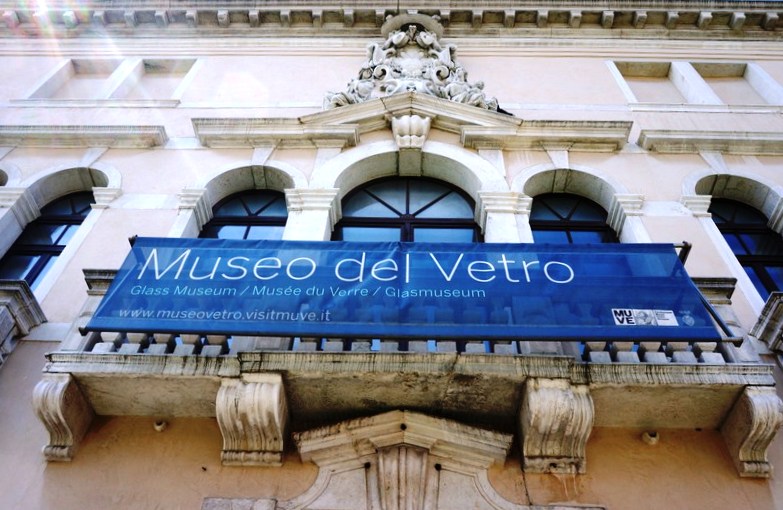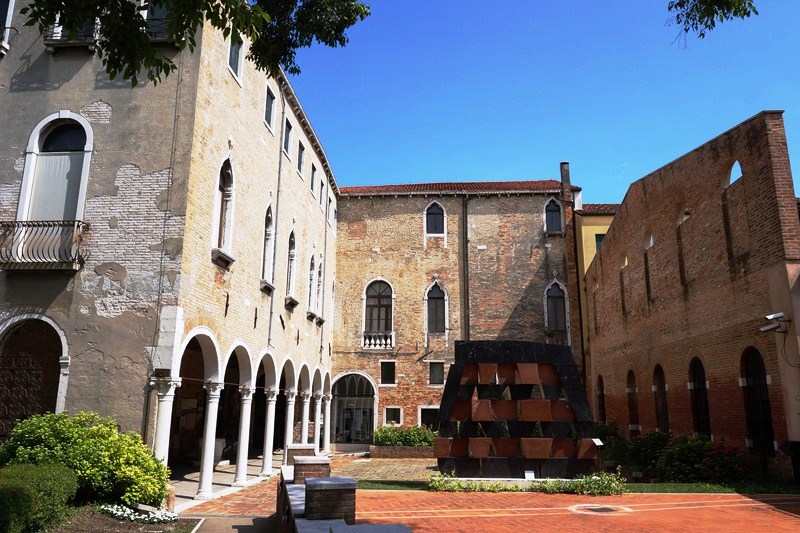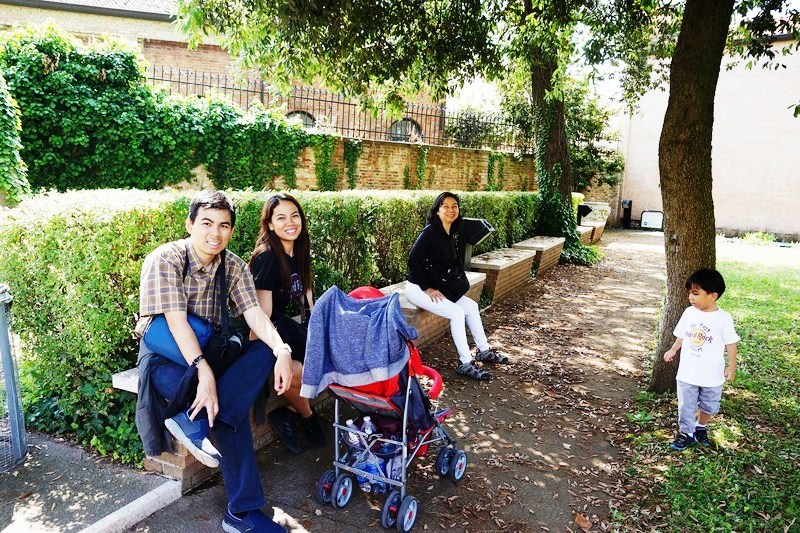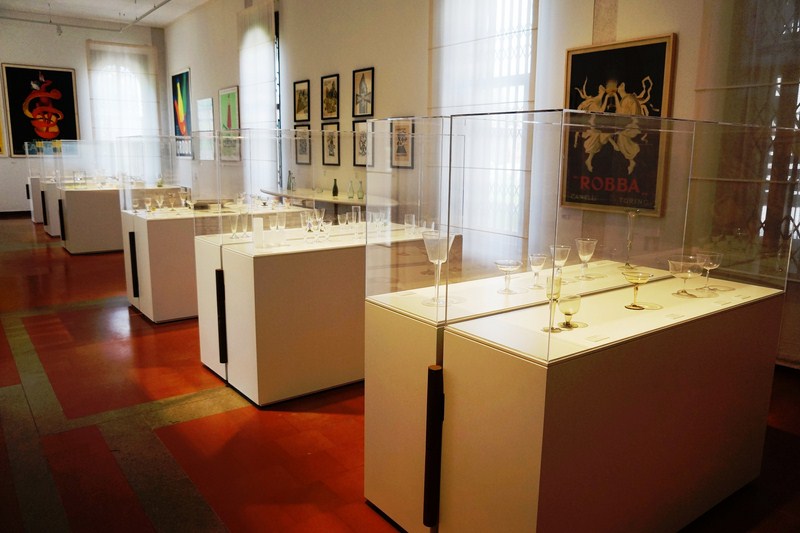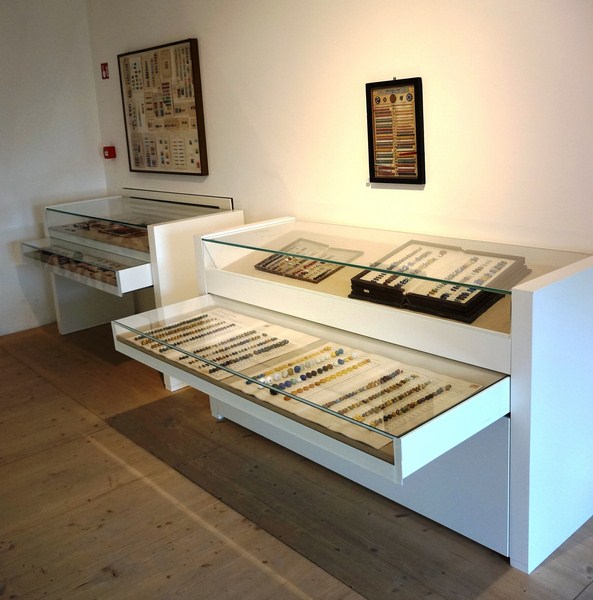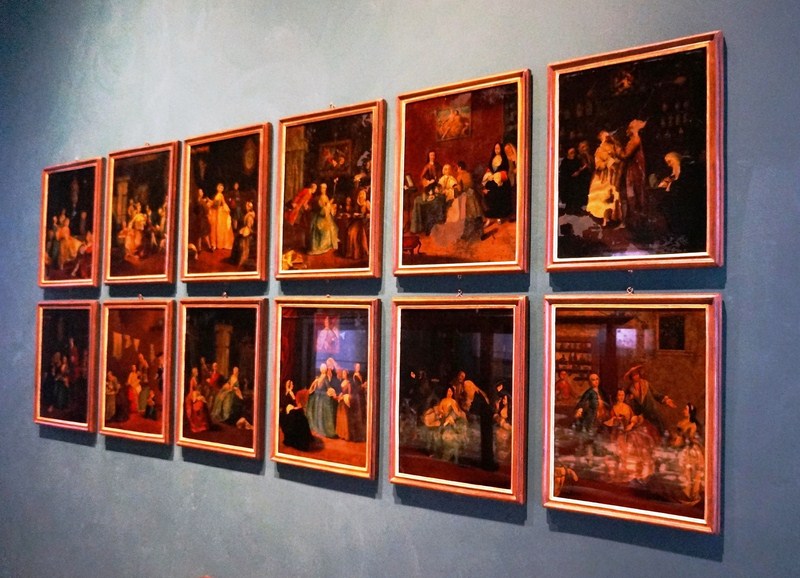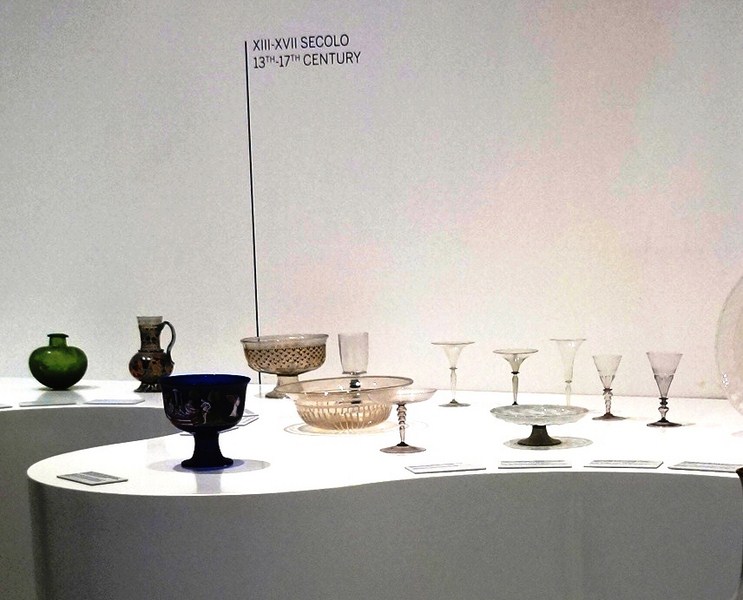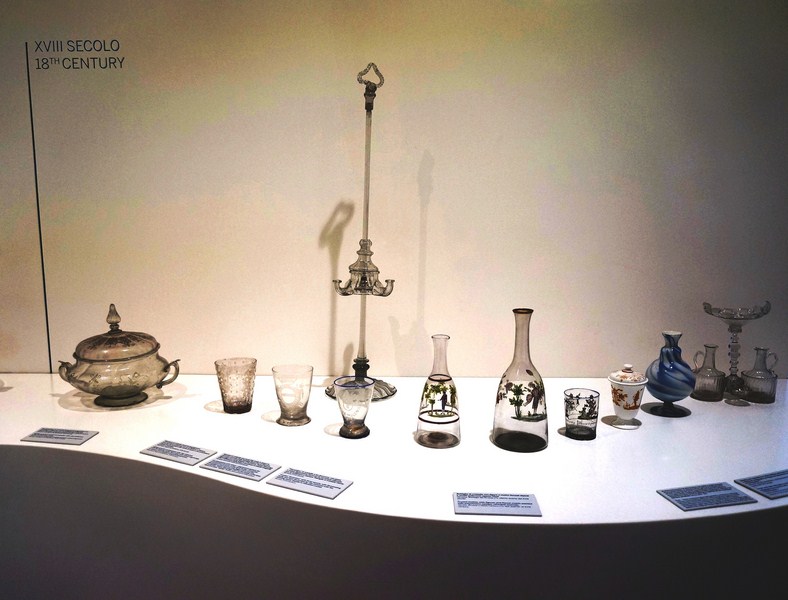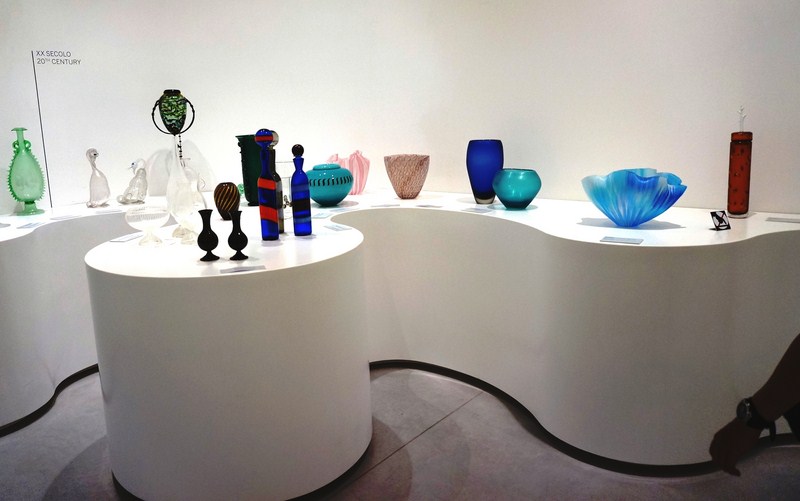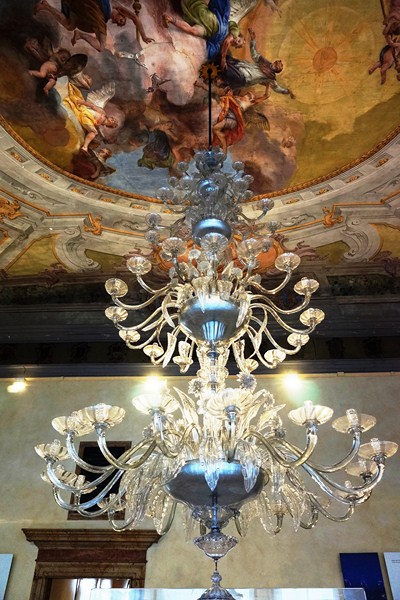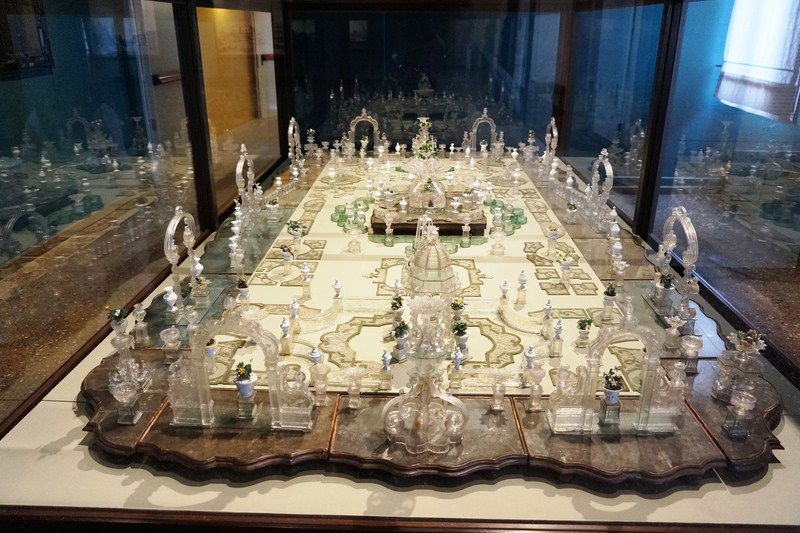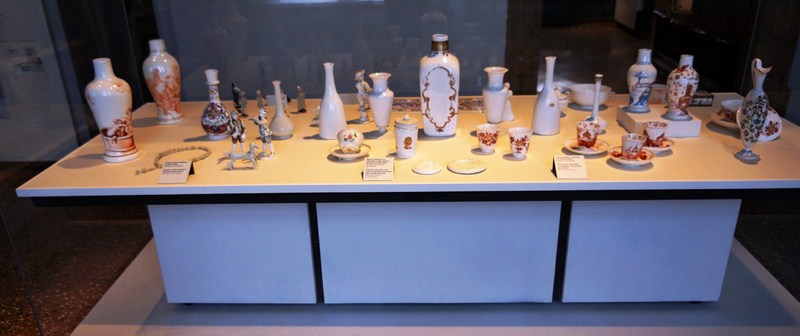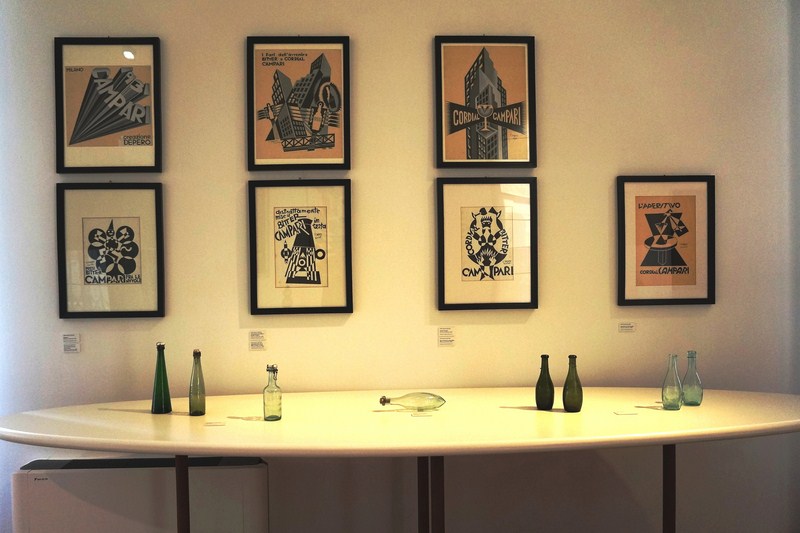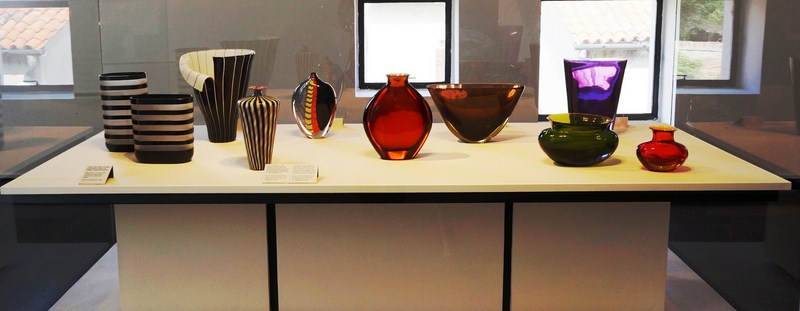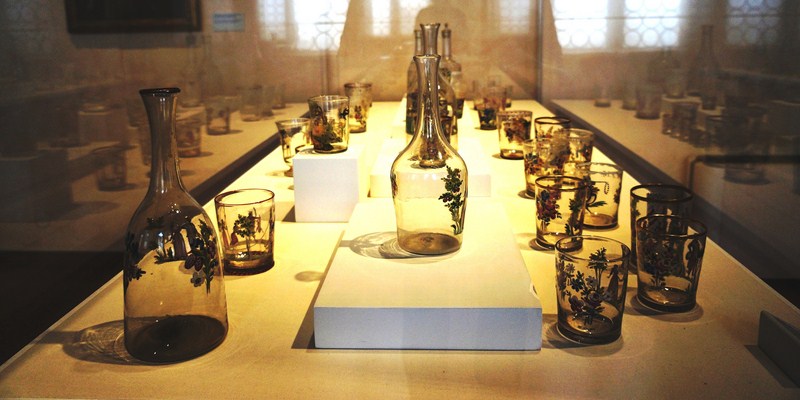The Murano Glass Museum (Italian: Museo del Vetro), a museum on the millennial history of glass, including local Murano glass, is housed in the Vescovi Palace, the former residence of the bishops of Torcello. Originally built in the Gothic style, this patrician’s palace became the residence of Bishop Marco Giustinian in 1659. He later bought it and donated it to the Torcello diocese.
This Glass Museum, founded in 1861 by Abbot Zanetti, became part of the Venetian Civic Museums in 1923, following the fusion of Murano with Venice. In 1932, its collections were put in order under the guidance of Giulio Lorenzetti and Nino Barbantini who adopted more modern criteria regarding display techniques.
The museum’s collection, further expanded by the addition of the Correr, Cicogna and Molin Collections, includes, among other things, the most beautiful Renaissance pieces in the museum. Except for occasional purchases, the museum’s contemporary collection are enriched by donations made by the island’s glassworks. It is run by the Fondazione Musei Civici di Venezia (MUVE).
The museum is divided into the following sections:
- Archaeological Section (Ground floor) – its most outstanding exhibits come from the necropolises of Enona (Zara), noteworthy Roman works dating from the 1st to the 3rd century A.D. including objects with depictions of animals and plants, glass murrini and examples of applications and decorations used in ancient times.
- Murano Glass in the 15th Century – the evolution, from ‘crystal clear’ glass, to the pure and transparent glass that, during the next century, leads to the development of new decorative techniques.
- Murano Glass in the 16th Century – the century in which the precious Murano glass goes beyond national borders to spread throughout Europe, on display are lattimo glass; white opaque glass like porcelain; glass used in filigree or decorated with enamels; and ice glass with a typical cracked outer surface.
- Murano Glass in the 17th Century – considered to be the century of the so-called glass à la façon de Venise, the most prestigious Murano glass, the 17th century is also the beginning of the decline because of the massive exodus of Murano glassmakers abroad. Towards the end of the century the market began to prefer Bohemian glass.
- Murano Glass in the 18th Century – Murano Glass acquired new life thanks to Joseph Briati. Examples of his vast output on display include chiocche (crystal chandeliers decorated with multiple arms); deseri (table triumphs), famous for their ornamental richness and variety of the subjects represented; and beautiful mirrors.
- Murano Glass in the 19th Century – production of Murano Glass art goes through a period of technique and aesthetics decline. From the second half of the 19th century, blown glass by Antonio Salviati and reproduction of Roman mosaic glass by Vincenzo Moretti offered new ideas to the glassmaking industry.
- Murano Glass in the 20th Century – the traditional techniques of glass working began to be used for more modern creations at the beginning of this century– as demonstrated in the ‘Peacock murrina‘ and Vittorio Zecchin’s Plate. After the First World War, many artists began working closely with the furnaces on the island. Umberto Bellotto, with the cooperation of the Barovier artists and fantastic glassy fabrics created by Carlo Scarpa for Venini, designed daring combinations of glass and wrought iron. After World War II, Murano develops an interest in the chromatic effects of the glass as can be seen in the works of Ercole Barovier, the noteworthy sculptures of Alfredo Barbini and the creations of watermarks by Archimede Seguso.
The upper floor houses a collection of glass from the 15th to the 20th century (one of the most complete in the world), including world famous realizations by the famous Barovier & Toso glass company and glass textiles designed by Carlo Scarpa in the late 1930s.
The exhibit, interspersed throughout with innumerable glass objects reflective of the era covered and the specific techniques of production for each century, took us through the history of glass making solely on Murano, starting with the 14th -17th century apogee of the art and, continuing into modern times, in more detail with the 18th and 19th century of jousting of Murano with Bohemia as the world’s leader in this art form. Then, it continues with its downturn, after Napoleon, and revival in the late 19th century (thanks to enterprising locals of the industry). Modern day art ended our tour.
Also on display are a fine collection of beads and an equally splendid exhibition of classic table ware. At a small hall just by the entrance, we watched a cool video presentation on glassware making.
The Minimalist displays, in 6 big, easy to navigate and wheelchair-friendly rooms, were.impressive and occasionally stunning to the eye and our 2-hour visit here was educational and worthwhile.
Murano Glass Museum: Fondamenta Giustinian 8, 30121 Murano, Venice, Italy. Tel: +39 041 739586. Website: www.museiciviciveneziani.it. Open from April 1 to November 1, 10 AM – 6 PM (ticket office: 10 AM – 5 PM); from November 2 to March 31, 10 AM – 5 PM (ticket office: 10 AM – 4 PM); closed on December 25 and January 1. Admission: €4.00 (reductions for pensioners and students), €6.50 for a ticket which usually combines entrance to the Glass Museum and the Lace Museum on Burano.
How to Get There: From the Piazzale Roma or Ferrovia (the bus and railroad station), boarded the Line 3 “Diretto Murano” vaporetto (water taxi) and drop off at the “Museo” vaporetto water bus stop. The museum is a short walk along the Fondamenta to your left as you get off the water bus.

